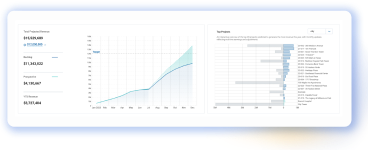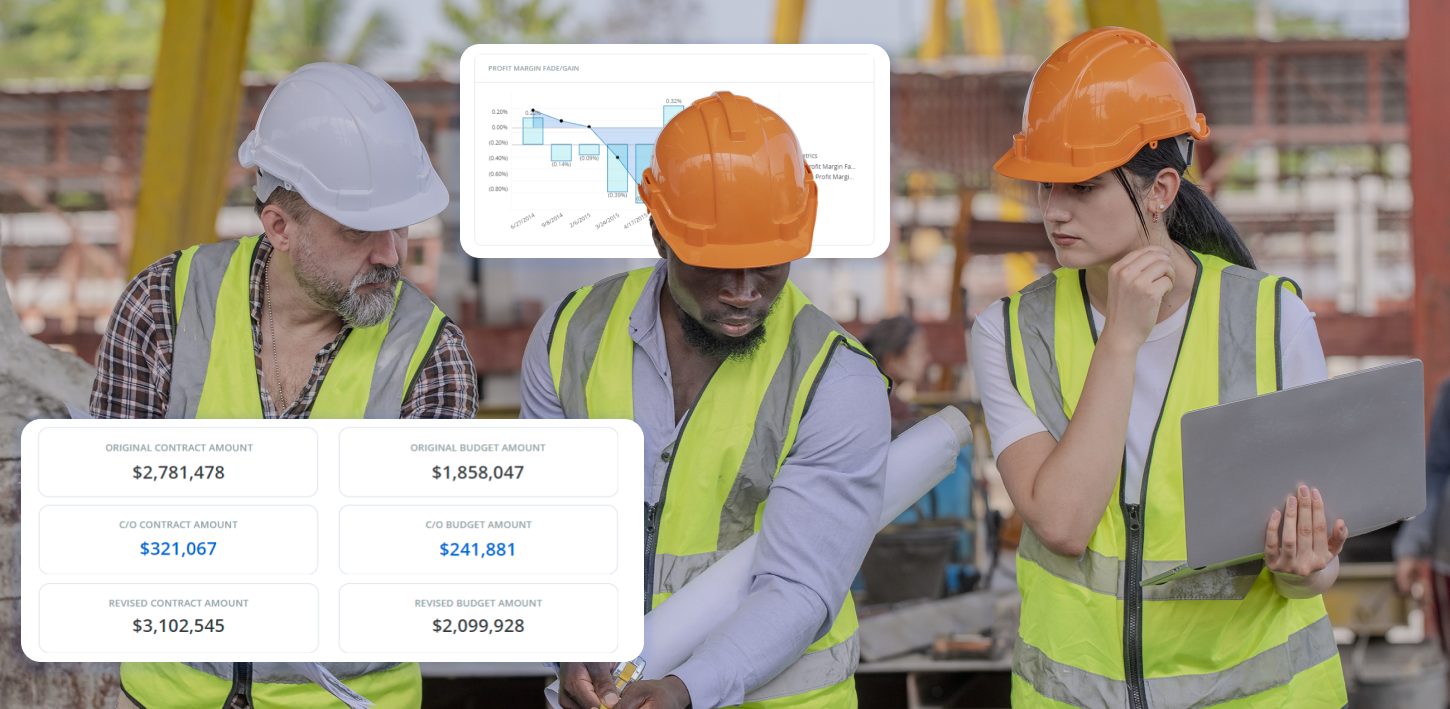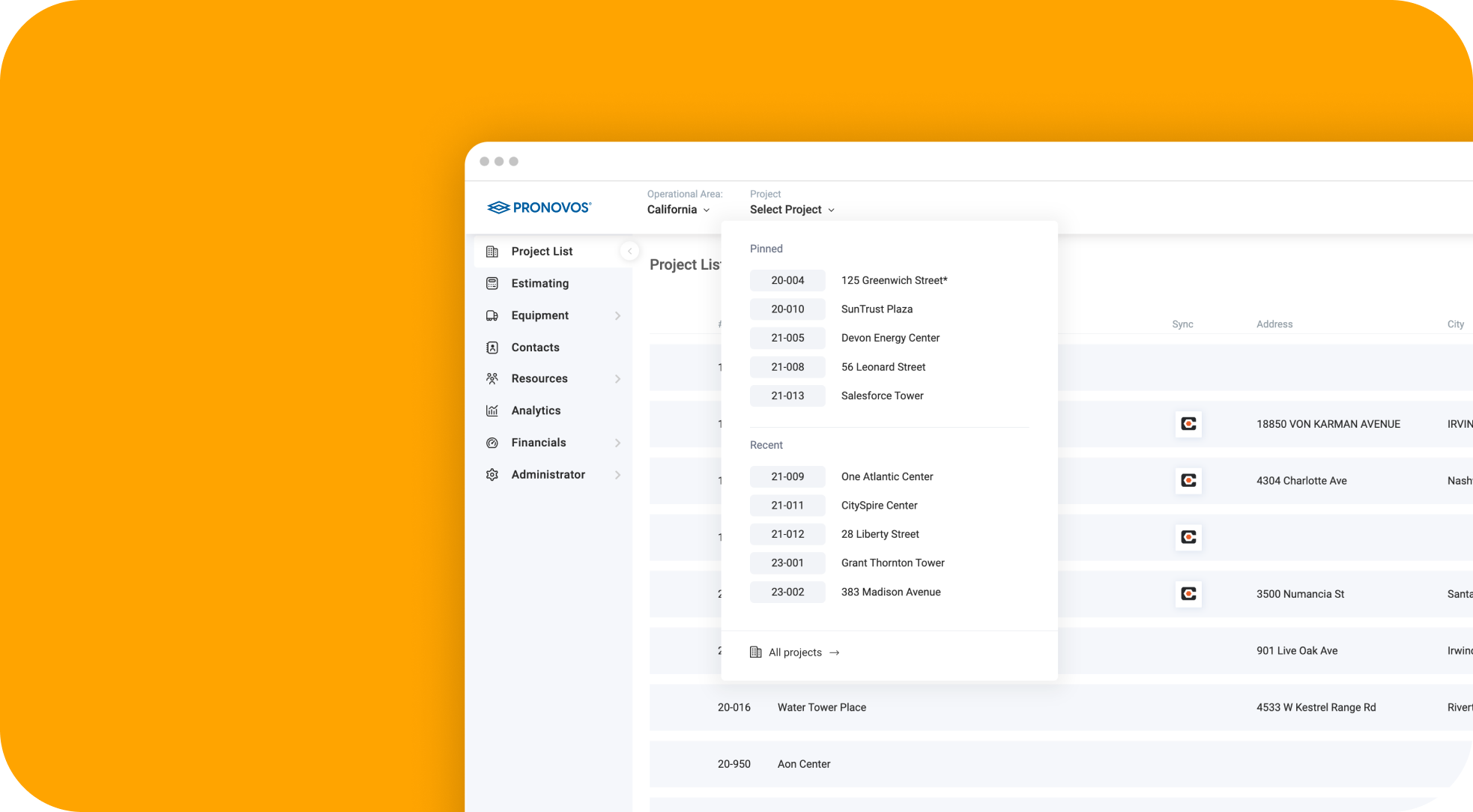Construction Data is valuable information to help contractors forecast the needs of specific projects. Utilization of this data ensures a more favorable outcome. Project management in the construction industry is complex.
Published November 4, 2019 . 0 min read
What is Construction Data?
Business
What is Construction Data?
Construction Data is valuable information to help contractors forecast the needs of specific projects. Utilization of this data ensures a more favorable outcome. Project management in the construction industry is complex. One unexpected issue can affect every stage and component of a construction project. Construction data helps to mitigate these risks by providing project managers a roadmap to the desired results. There are four major components of Construction Data: Estimating Data, Building Information Modeling (BIM) Data, Operational Data and Financial Data.
These four components are vital to a construction firm in each and every aspect of a project. This collection of data can be used across an entire organization to help in design, finance and the actual construction work. Experienced contractors and construction managers know that many factors are beyond their control. Construction data mitigates this risk and puts their team in the best position to succeed.
Estimating Data
Estimating data is data that helps construction managers better understand a project before it begins. Project estimators look at this data for trends in bid wins and cost estimates. This helps managers understand their bid/hit rate. Bid/hit rate is the ratio of bids placed on construction projects to the number of bids won. Using the bid/hit rate makes estimating data vital in the sales and discovery process. When we look back at bid/hit rates from years past we get insight into how many bids need to be placed on projects in order to achieve the desired results.
Building Information Modeling (BIM) Data
Building Information Modeling Data or BIM Data, is a 2D or 3D rendering of a building that is useful across an entire construction firm. The construction data in a BIM file can be utilized by the design team, contractors, construction engineers and owners. BIM data promotes collaboration across an organization because it gives each team a perfect representation of the site. Employing simulation tools keeps construction firms in control of their work. BIM construction data helps prevent conflict before it happens by coordinating all steps and processes of a given job.
Operational Project Data
Operational Project Data includes all construction data in relation to the execution of a project. Resources, logistics and productivity are major aspects of operational data. Having insights into resources enable a firm to know what materials, equipment and labor are necessary to complete a job. Logistical data includes all Requests for Information (RFI), submittals and deliveries. Having access to this data on the job site maximizes efficiency. Financial data allows a firm to predetermine the overall cost of a project by knowing the price of every aspect of it.
This data goes beyond the simple details of labor headcount and general costs. Analytics can show what specific skills are needed on each job site and how much specific materials cost. Changes in labor availability and fluctuation in the cost of goods can be tracked to make sure you are utilizing the right people and working with the most cost efficient vendors.
Industry wide trends demonstrate fewer people are turning to the trades for work. Current analytics have pointed to the labor shortage across the entire construction industry. Acting on this information, construction professionals are taking proactive steps to recruit younger talent. Without the use of construction data, this insight would not have been available.
Financial Project Data
Financial Data is comprised of all aspects of a construction project and the dollar amount associated with them. As a project progresses, construction cost becomes more of a factor. Construction data provides an accounting team a clear vision of the financial implications. Anticipating common roadblocks creates room for better budgeting practices, ensuring that projects aren’t postponed due to financial constraints. Project managers and the finance team will have the same understanding of the budget and be able to anticipate needs before they arise.
While there are many aspects of construction data, it can be defined as information that helps a construction firm maximize profitability, productivity and the safety of a project. Most construction firms have accumulated a stockpile of useful data. Unfortunately, the industry is lacking access to advanced tools to easily integrate with existing systems. Construction data is a valuable resource to an entire firm, from the early stages to the completion of a project.
The ProNovos Solution
ProNovos provides answers to questions in relation to project management. We build analytical products that change the way contractors use data. From estimating data to operational data, ProNovos provides solutions for your teams. Utilizing the ProNovos platform, the appropriate team members have access to the necessary information to promote an optimal outcome. The construction industry is trending toward data usage and ProNovos is proud to be at the forefront.
Connect with us today for a free demo of ProNovos so we can further enrich your understanding of construction data. See how easily ProNovos can connect with your existing systems to put you in control of your current and future projects. Our team is ready to walk your through our solution to show you how your existing data can help your team project more favorable outcomes.
ADDITIONAL RESOURCES:
Construction resource management capabilities of ProNovos’ Operations Manager construction software
Case study of McClone Construction Co.’s use of Operations Manager for construction resource management
Press release on the launch of Operations Manager–a good primer on the benefits of construction resource management and construction software platforms




